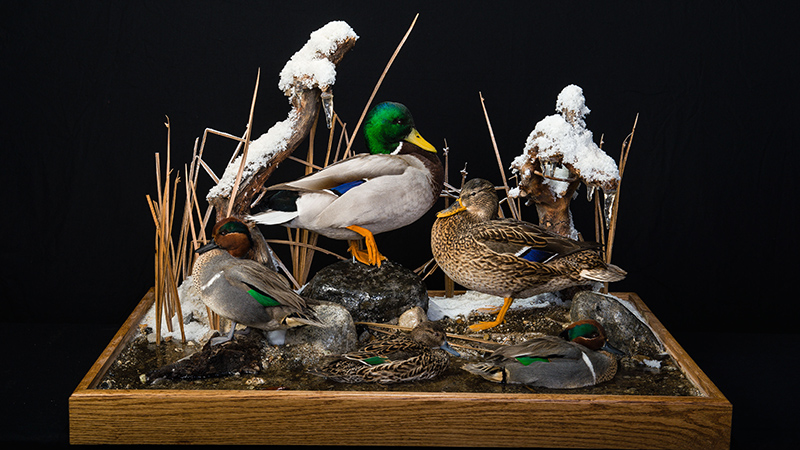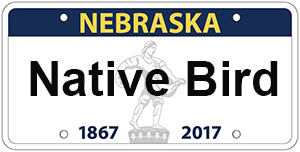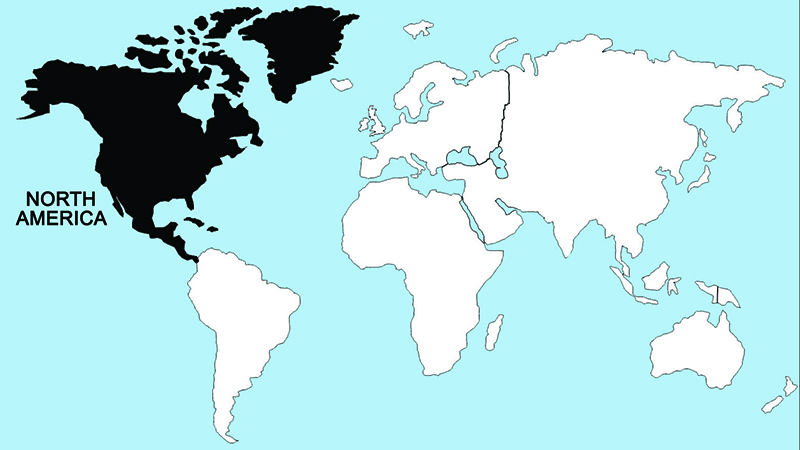Green-winged Teal

Like other Anas species, green-winged teal become mature during their first winter of life. A prolonged period of social display begins on wintering areas which persists through the spring migration, and is completed about the time the birds return to their breeding grounds. Groups of courting green-winged teal are notable for their animation and the rapidity with which one display follows another. Pair bonds are held only until incubation begins.
Green-winged teal are among the earliest of spring waterfowl migrants, and arrive on nesting areas almost as soon as they become snow-free. Pairs soon begin nest-site searches, with the female making the final choice, while accompanied by her mate. Females usually line their nests with considerable amounts of down, and their nests are extremely well concealed from the sides and from above, in heavy grass, weeds, or brushy cover. The average clutch is about 8–10 eggs, laid at daily intervals. The incubation period of 21–23 days begins with the completion of the clutch, and males usually desert their mates at about the time incubation begins. Males may fly some distance to special molting areas before becoming flightless.
Regions Birds Are Found


Collection Location & Year
U.S. - Nebraska 2000
Taxonomy
| Order | Anseriformes |
|---|---|
| Family | Anatidae |
| Tribe | Anatini |
| Species | Anas |
| Genus | crecca |
Gender
Female & Male
References
- Johnsgard, P. A. 1975a. North American Game Birds of Upland and Shoreline. Lincoln, NE: Univ. of Nebraska Press.
- Johnsgard, P. A. 1978. Ducks, Geese and Swans of the World. Lincoln, NE: Univ. of Nebraska Press.
- Elliot, A., J. del Hoyo, J. Sargatal, and C. Imboden, eds. 1992. Handbook of Birds of the World. Vol. 1 (Ostriches to Ducks). Barcelona, Spain: Lynx Editions.
- Kear, J. 2005. Ducks, Geese and Swans. London, UK: Oxford University Press.